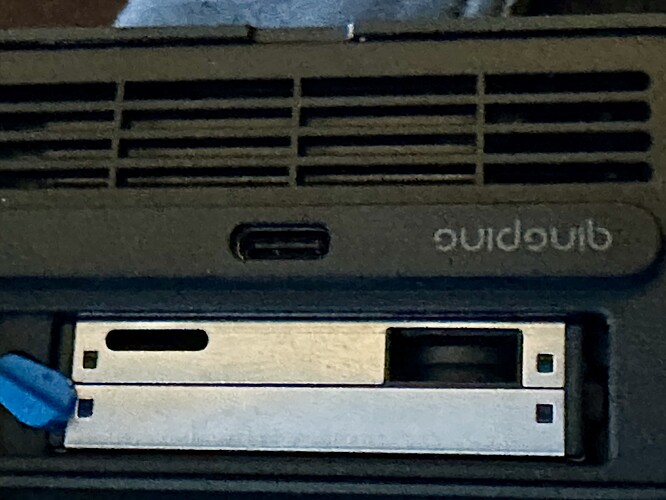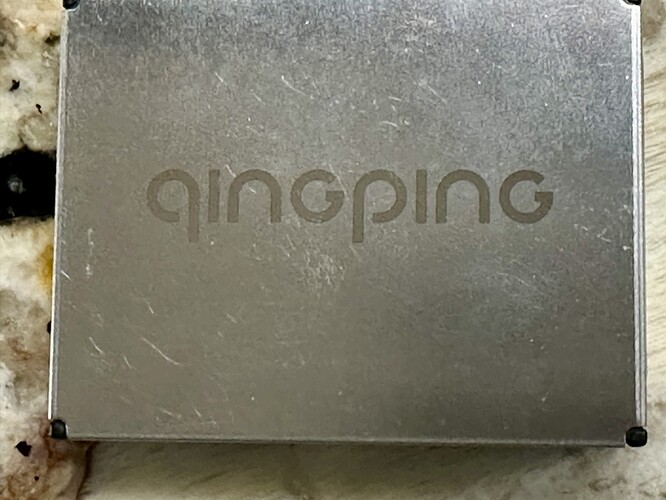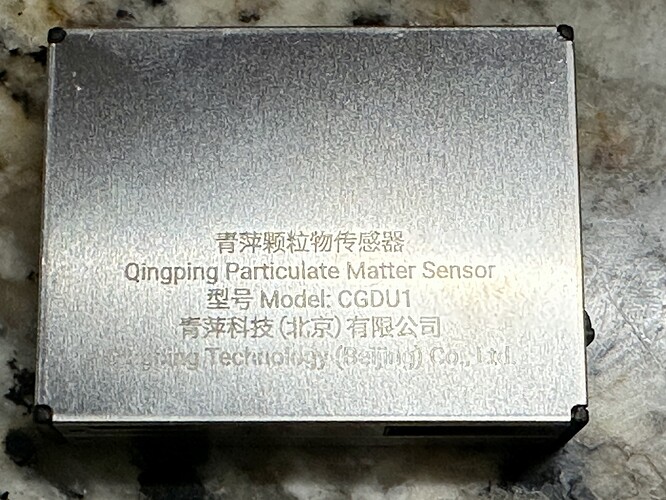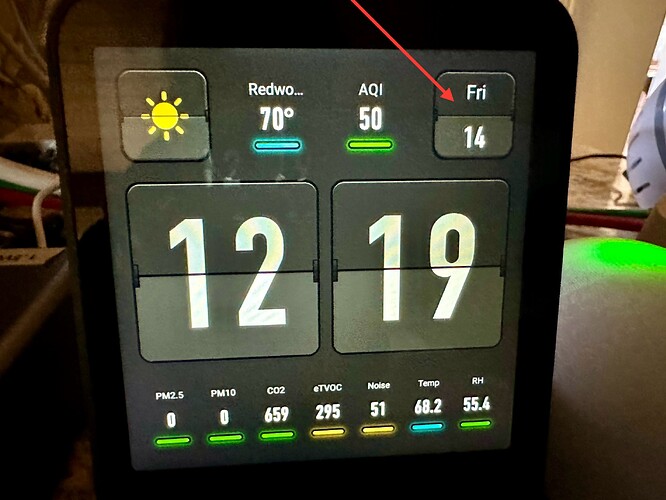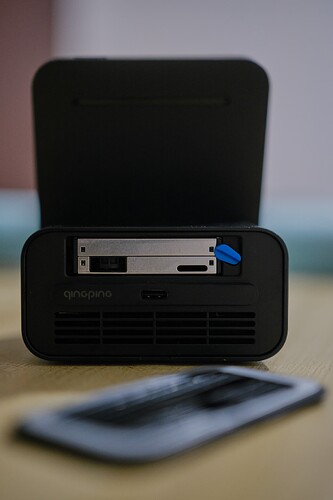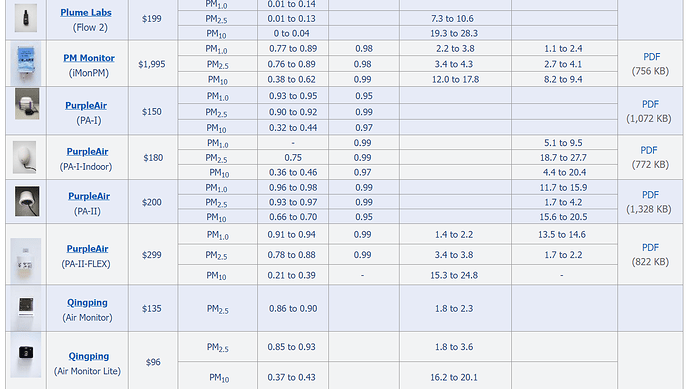Just today, a reader informed me that there is a new Qingping Air Quality Monitor 2, which is an updated version of one of my favourite low-cost indoor air quality monitors, the Qingping Air Quality Monitor.
While I haven’t yet had the chance to use the Air Quality Monitor 2, the idea of a second-generation monitor appeals to me for a couple of reasons. Firstly, and most importantly, it seemingly shows that Qingping is willing to address issues with the first monitor and to put effort into improving the device. Equally as important, it shows the company is still invested in creating air quality monitors and that there was enough demand to justify and update. While this isn’t very important on a brand level, it’s great to see the increasing demand for air quality monitors as awareness increases.
So, what does the second monitor change from the first version? As far as I can tell at first glance, these are the biggest updates:
- Additional PM10 measurements**
- Additional noise measurements
- Easily replaceable PM sensor
- UI and ease-of-use changes
** This is not an additional sensor but just means the company has allowed users to view PM10 measurements from the sensor that already measures PM2.5. It’s also worth noting that PM10 measurements on these low-cost sensors are often inaccurate anyway, as the sensors can’t directly measure PM10 particles and estimate counts based on smaller particles.
In particular, the noise sensor looks to be an interesting addition, transforming the Qingping Air Quality Monitor from an air quality monitor to a ‘wellbeing monitor’ - something more akin to the Ultrahuman monitor. This is not bad, but it’s an interesting direction for the Qingping lineup.
The addition of a replaceable PM sensor is something that can only be considered good. While it’s interesting that they’ve only made the PM sensor easily accessible, it makes sense as these sensors are the most likely to become inaccurate or fail due to needing moving parts (a fan). Any improvements to repairability are a good thing! It does make me wonder, however, if the company commonly ran into customer complaints about the PM sensor or if this is a preemptive move.
It appears that Qingping has also made some changes to the UI, but I can’t comment much on these as I haven’t tried the device yet. However, these changes look quite nice at first glance, and I think they are probably improvements.
One more minor change that I found interesting is that the monitor now shows eTVOC instead of TVOC. Since these low-cost sensors only show relative VOC concentrations, this change might convey this better to users who regard the VOC measurements as absolute when they are not. Here is an excerpt from the Qingping website:
The TVOC sensor used in this product automatically adjusts the measurement baseline according to the data of the past period, so this product displays eTVOC (equivalent TVOC), which is not an accurate TVOC absolute value, and is only for users to observe the relative change trend of environmental TVOC concentration.
What are your thoughts on the new monitor? Personally, I am hoping they also release a version 2 of the Qingping Air Monitor Lite!


